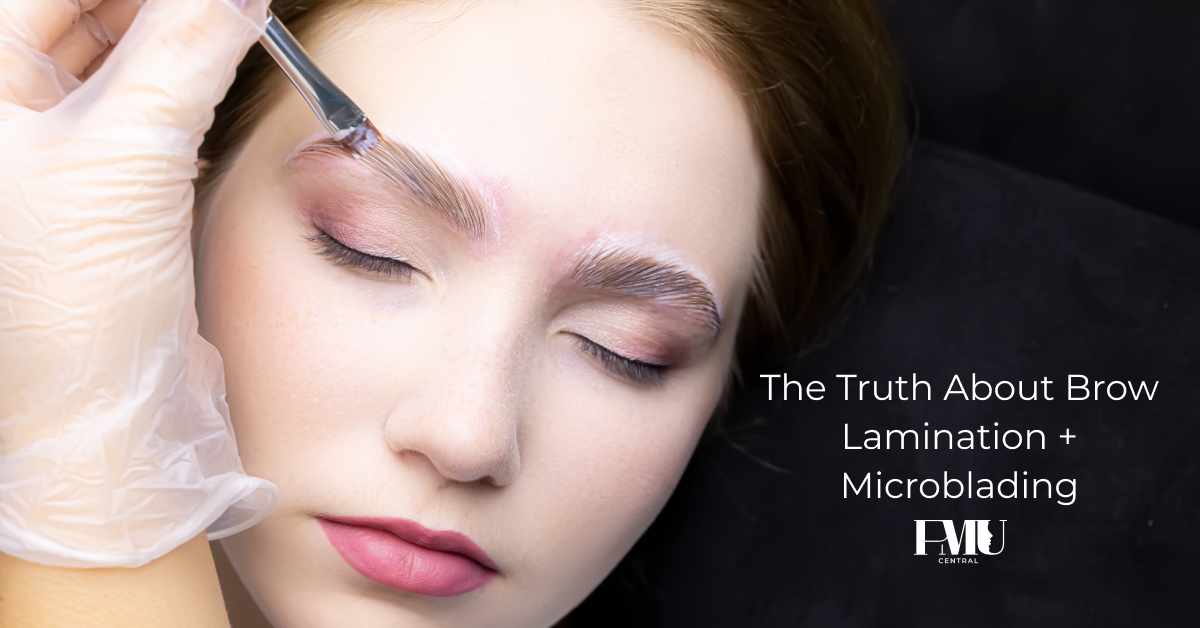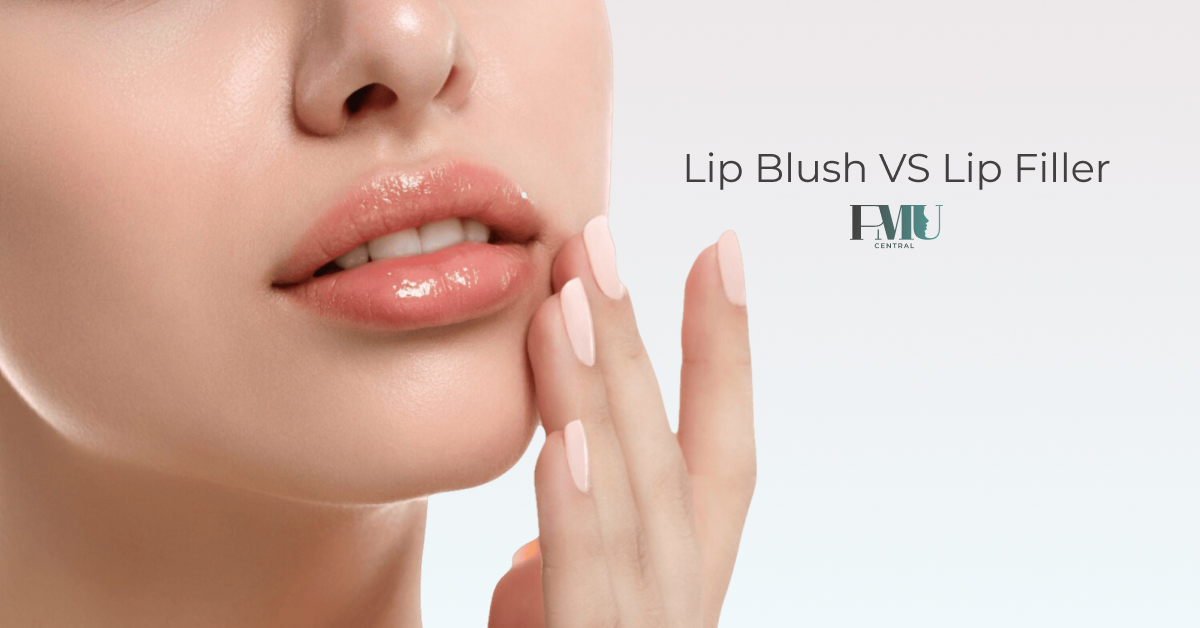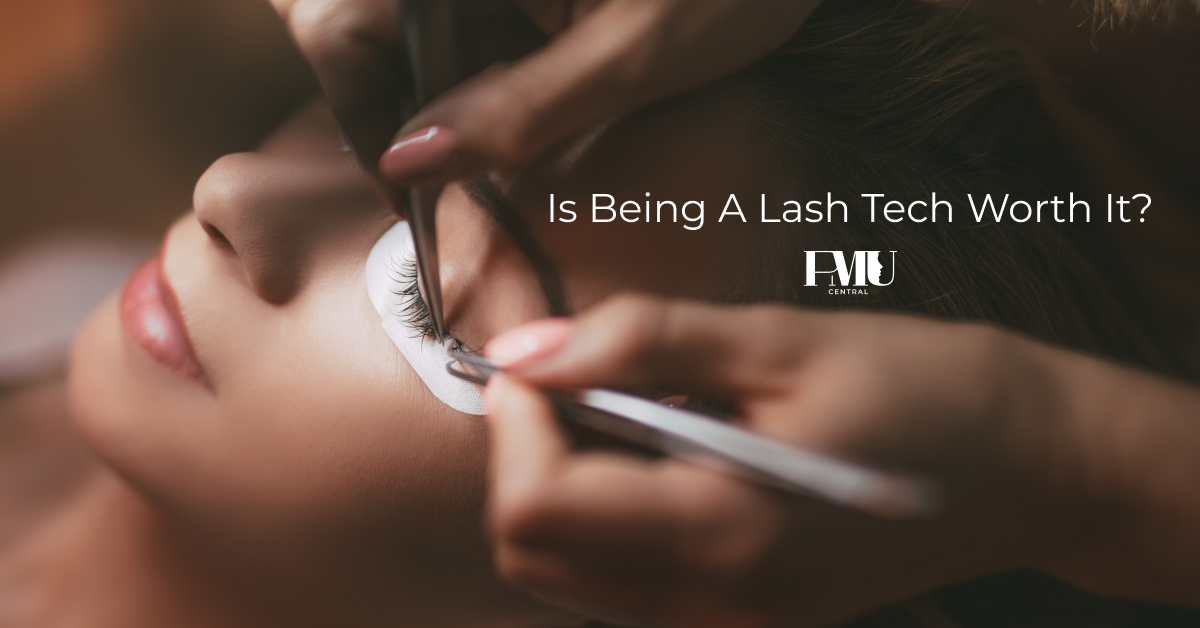
Mastering Microblading: Navigating the Learning Curve
Embarking on a career in microblading is an exciting venture, offering the potential for a lucrative income without the need for extensive formal education. However, aspiring microblading artists often wonder about the duration of the learning process. Let’s delve into the factors that influence how long it takes to learn microblading.
Determining Factors for Learning Microblading
1. Choice of Microblading Course:
- Live courses typically last 2-5 days, covering basics but not making one client-ready.
- Online courses offer flexibility but require self-paced learning.
- Quality live courses with practical sessions provide a strong foundation.
2. Dedication and Practice Time:
- Individual commitment and practice time significantly impact the learning curve.
- Busy schedules may extend the learning period to a few months.
- Practice at home is essential to reinforce the skills learned in the course.
3. Previous Experience:
- Prior experience in related fields, such as tattooing or esthetics, accelerates learning.
- Tattoo artists find microblading familiar due to shared techniques.
- Estheticians with eyebrow-shaping experience progress more efficiently.
4. Inherent Talent:
- Natural abilities, like precision and steady hands, vary among individuals.
- While talent plays a role, hard work and dedication can surpass inherent abilities.
- Progress may differ among students, so comparisons should be avoided.
5. Readiness and Confidence:
- Progression to working on real skin should align with personal readiness and confidence.
- Insecurity can hinder success in microblading, emphasizing the importance of self-assurance.
6. Learning Components:
- Theoretical aspects cover skin structure, conditions, eyebrow anatomy, face structure, color theory, pre-care, post-care, and hygiene.
- Practical elements involve creating hair strokes on latex or real skin and utilizing fake skin for practice.
- Some courses offer business and social media insights for future entrepreneurs.
What to Learn in Microblading Training
- Skin Structure, Conditions, and Contraindications:
- In-depth knowledge of skin types, conditions, and factors influencing microblading.
- Eyebrow and Face Anatomy, Brow Symmetry:
- Understanding facial features and achieving symmetrical and aesthetically pleasing eyebrows.
- Color Theory, Pigments, and Tools:
- Mastery of color theory for natural-looking results, knowledge of pigments, and skillful use of tools.
- Pre-care, Post-care, and Handling Complications:
- Educating clients on pre- and post-care, along with troubleshooting potential issues.
- Hygiene Practices and Salon Management:
- Maintaining a clean and safe environment, along with the basics of salon management.
- Creating Hair Strokes on Practice Surfaces:
- Hands-on practice on various surfaces to master the art of creating realistic hair strokes.
- Business and Social Media Tips:
- Guidance on establishing and promoting a microblading business, leveraging social media for visibility.
How Long Does It Take?
It’s challenging to pinpoint an exact duration, but with regular practice and dedication, the average timeline is 3-6 months for a beginner. Learning is an ongoing process, requiring staying updated on industry trends and advancements. The journey to mastering microblading involves a combination of quality education, hands-on practice, and continuous improvement.
Suggested Learning Path for Microblading Mastery
- Foundation Course:
- Select a reputable microblading academy offering comprehensive live or online courses.
- Ensure the course covers theoretical and practical aspects, including hygiene practices and business tips.
- Hands-on Practice:
- Dedicate regular time for hands-on practice on various surfaces, mimicking real skin conditions.
- Focus on achieving consistency in stroke patterns, pressure application, and color blending.
- Supervised Sessions:
- Seek opportunities for supervised sessions, either through additional training or mentorship.
- Feedback from experienced artists can provide valuable insights for improvement.
- Advanced Courses:
- Consider advanced courses to further enhance skills, such as advanced techniques, correction procedures, or paramedical microblading.
- Continuous Learning:
- Stay informed about industry updates, trends, and new tools.
- Attend workshops, conferences, or online forums to connect with the microblading community.
- Building a Portfolio:
- Document your progress with high-quality photos of your work.
- Create a professional portfolio showcasing various styles, shapes, and techniques.
- Client Interaction:
- Gradually transition to working on real clients as confidence builds.
- Solicit feedback and use client experiences to refine your approach.
- Marketing and Business Growth:
- Utilize social media platforms to showcase your work and attract clients.
- Implement marketing strategies, such as promotions or referral programs, to expand your clientele.
Remember, there’s no fixed timeline for mastery, and each artist progresses uniquely. Pat






